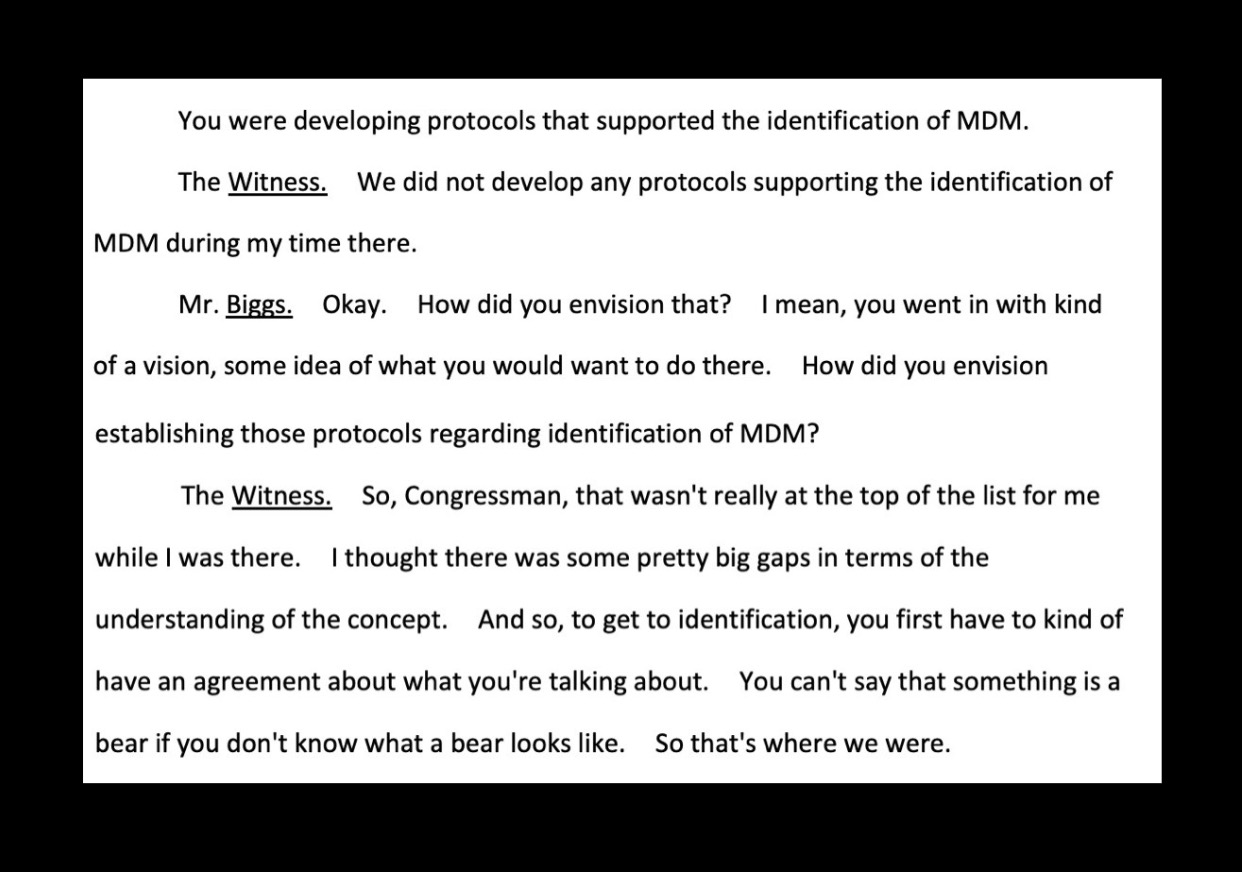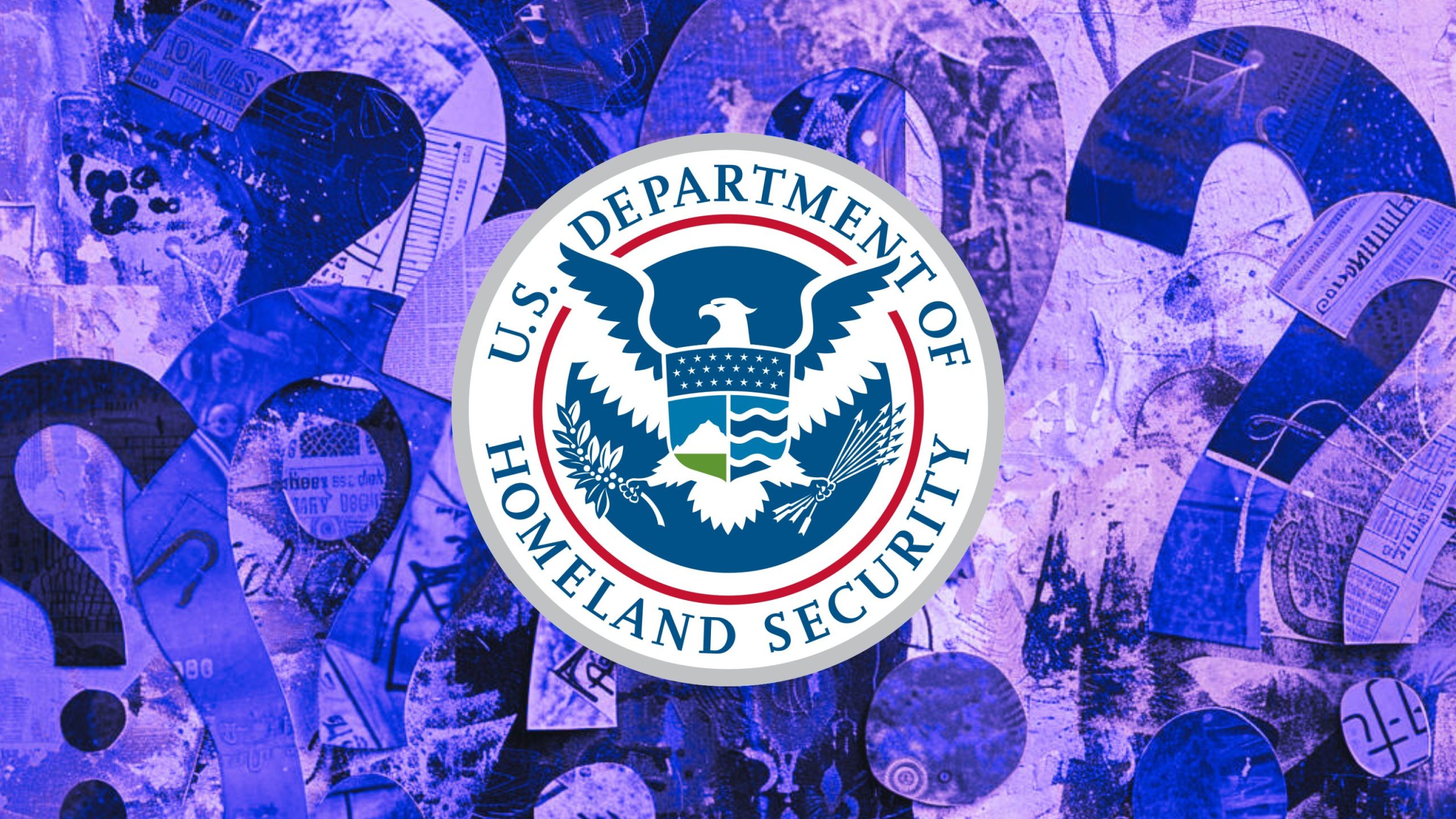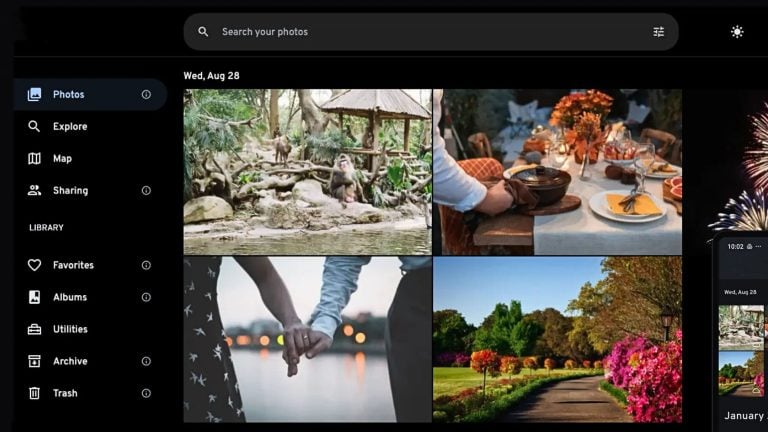A deposition given by the former head of the former Disinformation Governance Board in April 2023 to the US House Committee on the Judiciary has revealed that the parent agency of the short-lived censorship entity, the Department of Homeland Security (DHS), wasn’t even sure how to define “disinformation.”
No “good definition” of misinformation, disinformation, and malinformation – collectively referred to as MDM – was anywhere in sight, even though DHS decided it needed a whole new entity, the Disinformation Board, to deal with it.
That is what transpired from Nina Jankowicz’s deposition, leading to the inevitable question of whether “countering disinformation” was ever supposed to be the Board’s task – or if setting it up was yet another example of mis/disinformation being used to cover up political bias and censorship.
After all, this kind of accusation was what eventually, and quickly, discredited and brought the Board down.
In turn, the tone of Jankowicz’s deposition reads like herself trying to discredit DHS for the way it handled the whole operation and treated her personally.
Even though the entity existed for three months before it was dissolved, and “disinformation” was in its very name, it never got around to settle on a “good definition” of what it was supposedly there to fight.
Jankowicz told the Committee that during her time at the helm of the Board, they did not “develop any protocols supporting the identification of MDM.”
When asked by Committee Chairman Jim Jordan to define “disinformation,” she said:
“Well, it’s interesting that you bring that up, Congressman, because there’s kind of a, I would say – not necessarily a difference of opinion within DHS of what constitutes disinformation, but CISA has one definition, and one of the things that occurred to me while I was at DHS is that different entities were dealing with different definitions. So that was one of the things that I had hoped to work on.”

Andy Biggs, the majority member of the House Judiciary Committee, tried to get some clarity on these astonishing revelations and asked whether Jankowicz “went in with kind of a vision, some idea of what you would want to do there” – in terms of coming up with protocols that would identify disinformation.
But some might say that the reply was “clear as mud”: “That wasn’t really at the top of the list for me,” said Jankowicz. “I thought there was some pretty big gaps in terms of the understanding of the concept. And so, to get to identification, you first have to kind of have an agreement about what you’re talking about.”
Eventually, she said that had the Board lived, “identification” would have likely been done by the Intelligence and Analysis (I&A).










